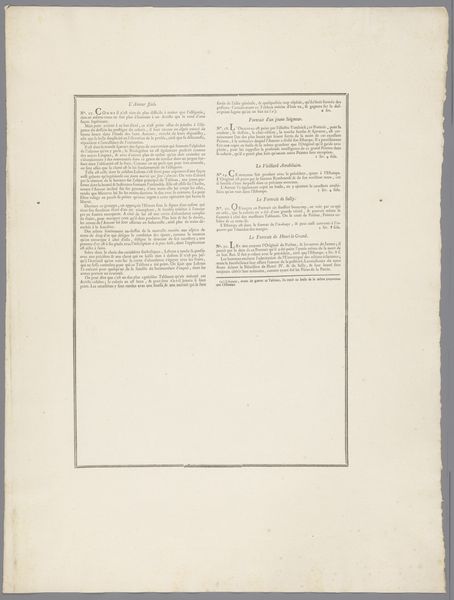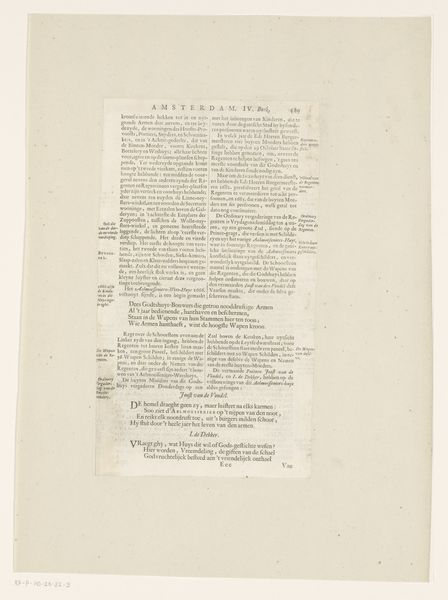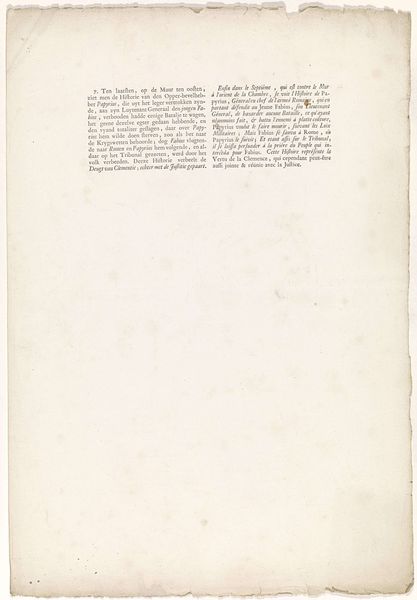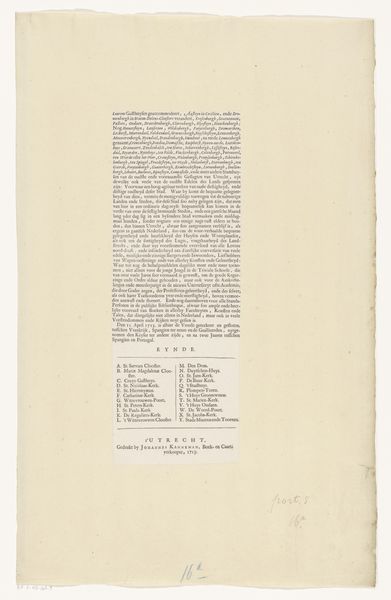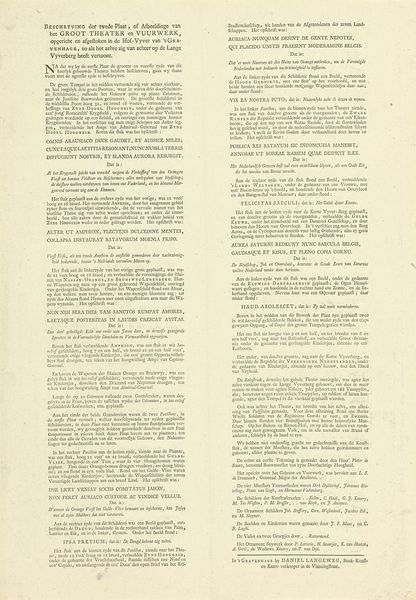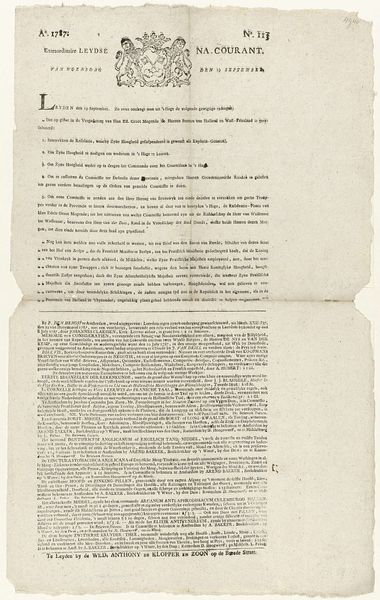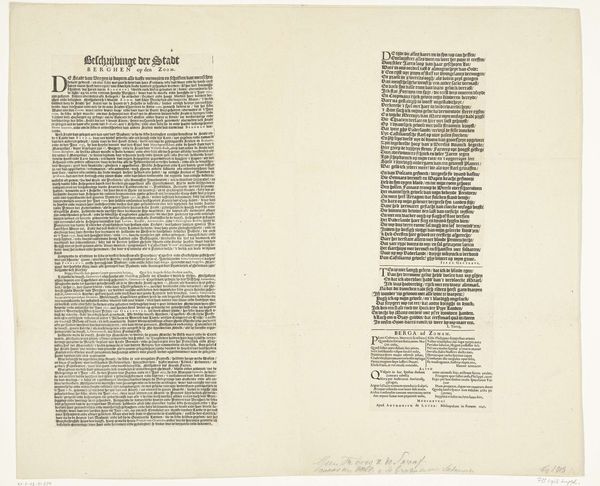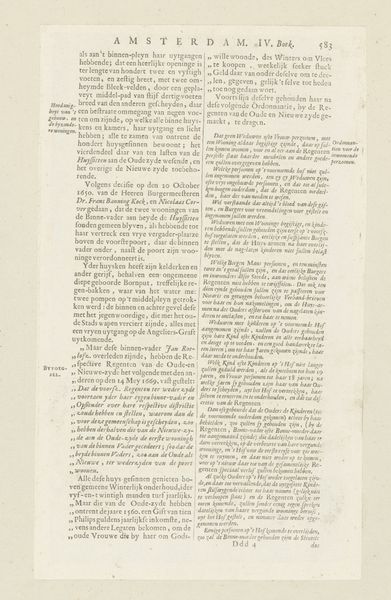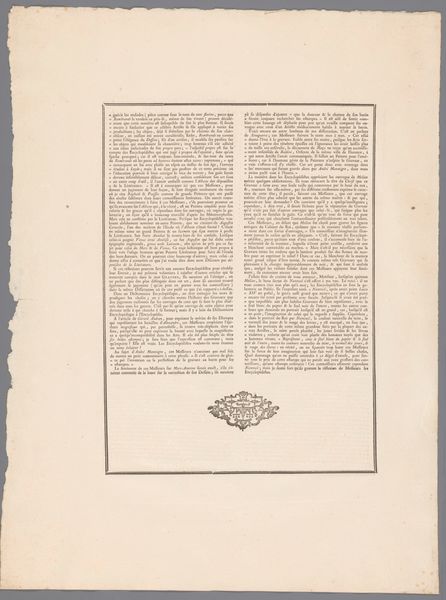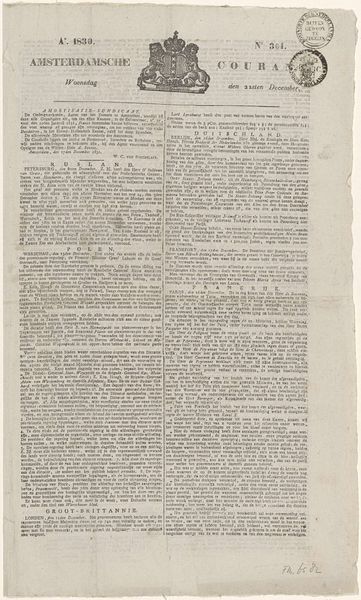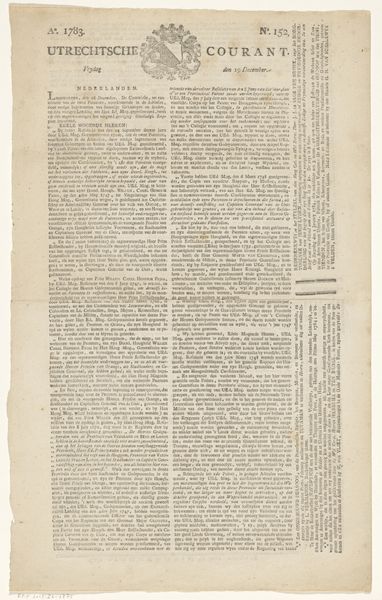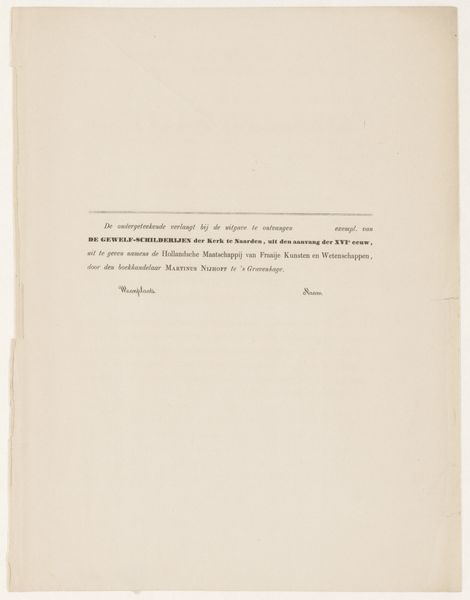
print, paper, engraving
#
narrative-art
#
dutch-golden-age
# print
#
paper
#
genre-painting
#
engraving
Dimensions: height 174 mm, width 185 mm
Copyright: Rijks Museum: Open Domain
Curator: This engraving, titled "Beleg van Maastricht, 1632," or "Siege of Maastricht, 1632," was crafted by Claes Jansz. Visscher and resides here at the Rijksmuseum. It’s a rather formal example of Dutch Golden Age printmaking, capturing a very specific historical moment on paper. Editor: Well, "formal" is one word. To me, it reads like a dense tapestry of tiny dramas, unfolding the narrative through meticulous detail. I feel a strong connection to the past when looking at this piece. Curator: Considering its process of production, it really is. Engraving allowed for relatively wide distribution. It transforms current events into readily accessible commodities for consumption and debate. Notice how the print itself almost becomes a form of propaganda. Editor: Ah, propaganda! A loaded word, but apt here, perhaps. Thinking about it, it reminds me of reading historical documents and letters, each line a whisper from centuries past. What was the perceived audience for a print like this? Curator: Its intended audience was primarily the literate public. It provides not just imagery, but detailed descriptions of events, fostering a sense of civic engagement, informing opinions, but also, critically, boosting Visscher's brand! Editor: Right, the artist's livelihood couldn't be detached from their patronage. And that intersection is deeply human. Does contemplating it trigger an interest for war-related narratives within Dutch art from the Golden Age, or does it evoke a sense of disconnect, emphasizing the gap between past events and the present day? Curator: Both actually, It shows how information was disseminated and consumed. These printed images became a vital tool for shaping public opinion. They blur boundaries between journalistic reporting and art, between commerce and state control. Editor: That tension – that’s where the real story is, isn’t it? The push and pull between art and commerce, then and now. Thank you. Curator: A perfect synthesis to reflect upon the broader historical context. It serves as a window into both past realities and lasting power structures.
Comments
No comments
Be the first to comment and join the conversation on the ultimate creative platform.
